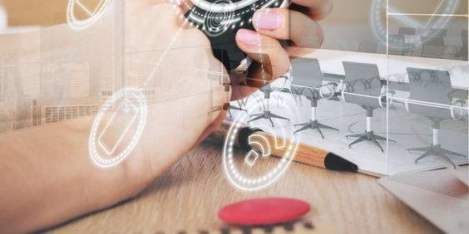March 7, 2019
British Property Federation urges government to create coherent proptech strategy
 The UK is well placed to capture the lead as a global hub for real estate technology and innovation a report from the British Property Federation claims. But the country needs to develop a joined-up proptech strategy and roadmap to remain competitive globally, according to the report published jointly by the British Property Federation and Liquid Real Estate Innovation. The LIQUID Report: Leading the Digital Transformation of Global Real Estate claims that the UK is already a leader in terms of its capacity for innovation, data infrastructure, market transparency and quality of education, but falls behind other countries in terms of venture capital investment and technology infrastructure.
The UK is well placed to capture the lead as a global hub for real estate technology and innovation a report from the British Property Federation claims. But the country needs to develop a joined-up proptech strategy and roadmap to remain competitive globally, according to the report published jointly by the British Property Federation and Liquid Real Estate Innovation. The LIQUID Report: Leading the Digital Transformation of Global Real Estate claims that the UK is already a leader in terms of its capacity for innovation, data infrastructure, market transparency and quality of education, but falls behind other countries in terms of venture capital investment and technology infrastructure.




























February 14, 2019
Digital transformation requires more than just new technology
by Arnab Banerjee • Comment, Technology
(more…)